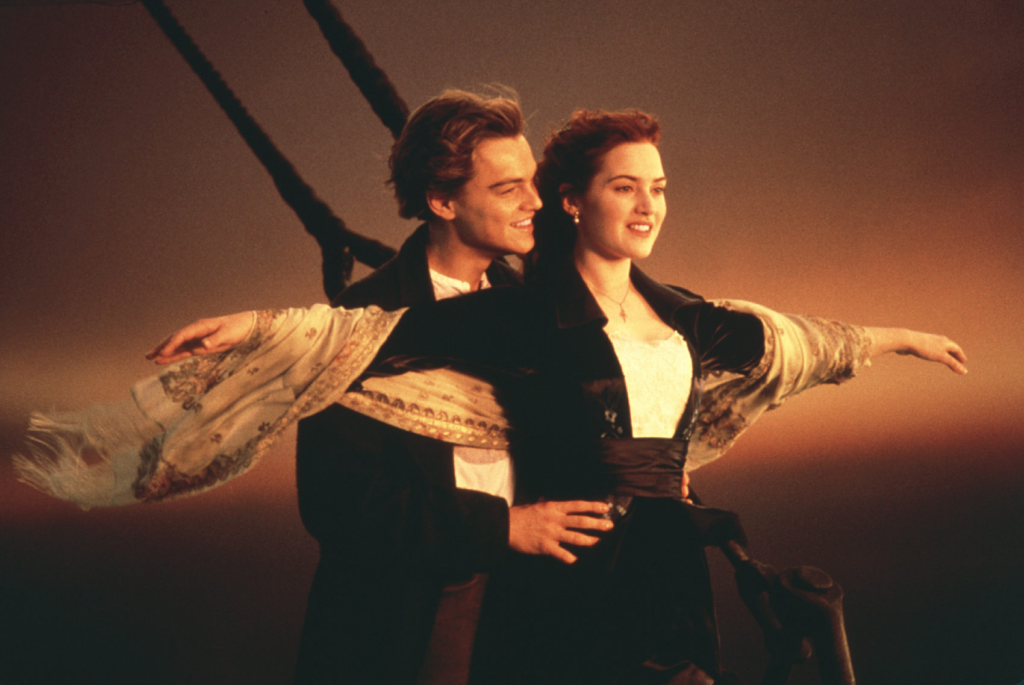A sound editor records sounds needed for a production, including post-production sounds too. A sounds mixer combines the sound editor’s work together with the film in post-production.

An example of a famous sound editor is Gary Rydstrom, especially for his work on Titanic, (1998), where he won an academy award for best sound.

Examples of Non-Diegetic Sound in Shaun of the Dead: The tense music as the first Zombie enters. The techno-music as both characters fight the pair of zombies in their back garden. Examples of Diegetic Sound: The smash of vinyl records against walls, the dialogue of characters and the TV presenter on the News.
A ‘needle-drop’ moment is where music is first played dietetically, then covers over a montage of clips , (typically). It is used to create continuity with music appearing in a film, and blur the line between diegetic and non-diegetic sound.]

A famous example of a Needle-Drop moment in film is in Elvis, (2022), during the final scene where Elvis begins singing, and the film moves into a compilation of videos of Elvis.

Examples of a film’s soundtrack being composed by a Foley artist: Star Wars’ Lightsaber Sound FX, footsteps in The Shining and vinyl smashes in Shaun of the Dead.

An example of a Leitmotif in a film that adds an ambience to a character is ‘Amelie’, where the song ‘L’Autre Valse d’Amelie’ reoccurs whenever Amelie gets up to her antics.

Bladerunner is an example if a film where narration is used to provide information to the viewer, similarly to Shawshank Redemption when one of the protagonists details his connections to the prison as the camera zooms over the facility.

My favourite film soundtrack is Pulp Fiction, primarily due to the use of ‘You never can Tell’ during the dance competition scene.